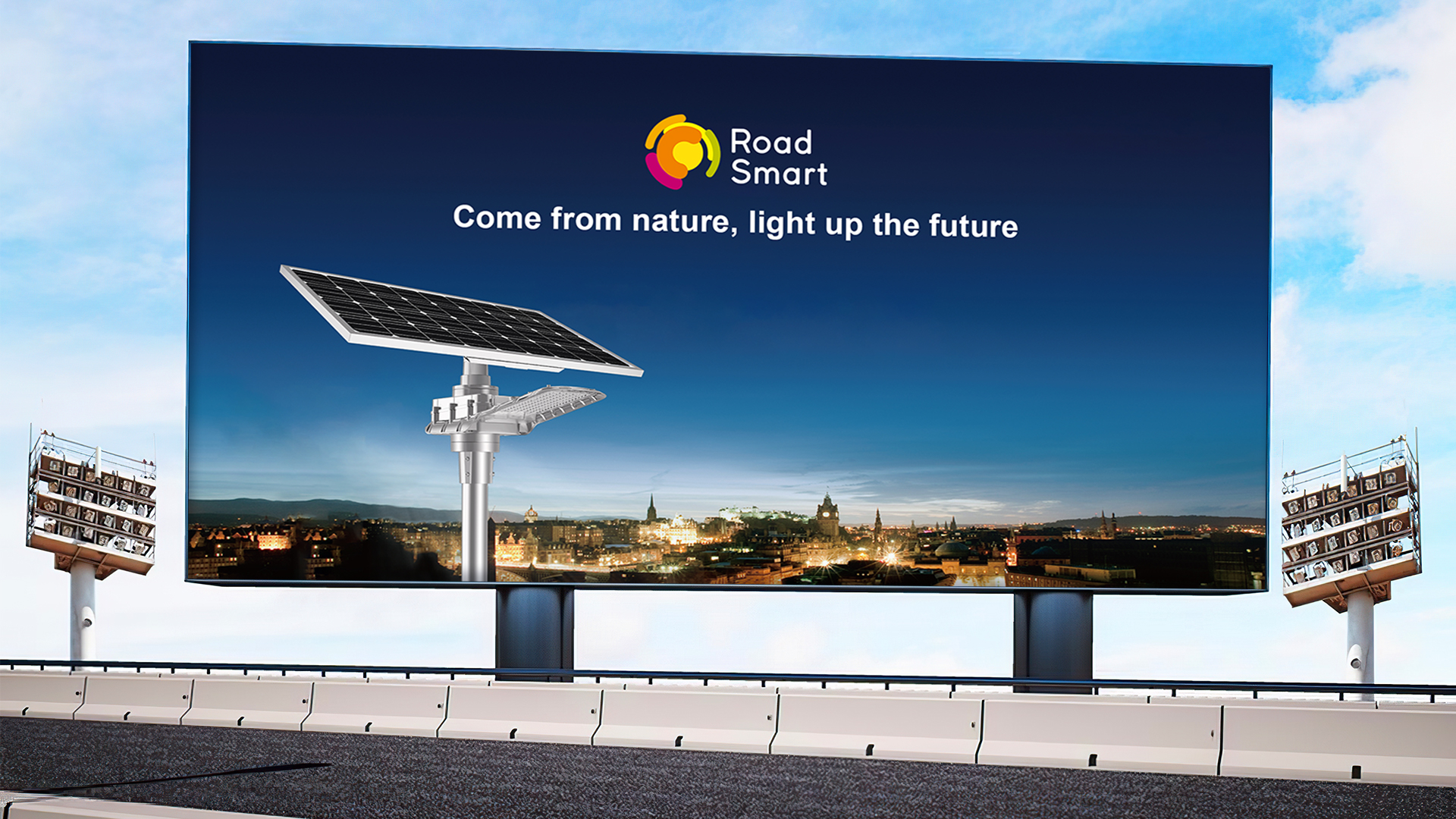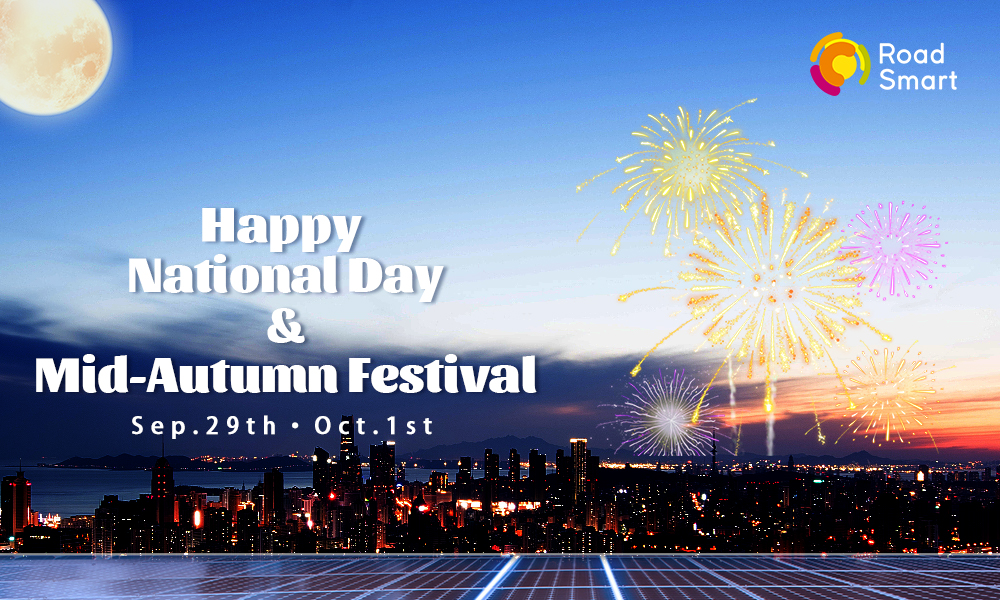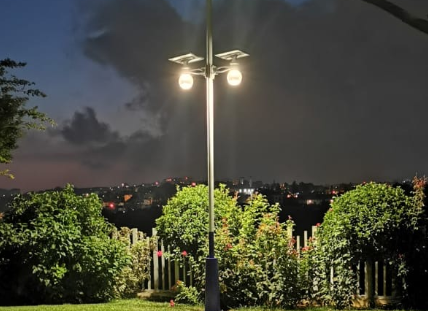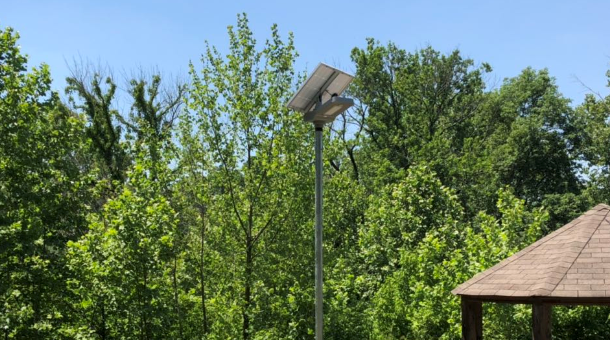Landscape Lighting Design
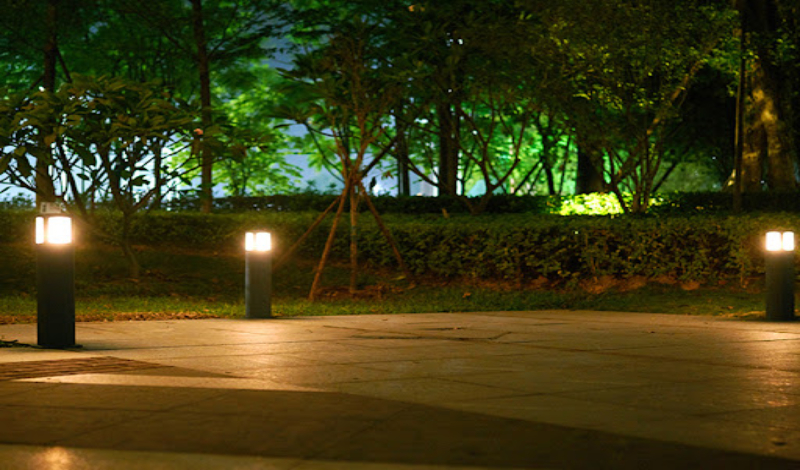
The benefits of landscape lighting
The use of light during darkness makes an outdoor space quite unique. By highlight features, creating shadows and contrast, light helps to build an intriguing and dramatic space that will inspire you to stay. Enhancing the aesthetics of an outdoor space is great, but certain places require lighting design to improve safety and security. For example, recreational grounds, listed buildings, and valuable homes will need landscape lighting to help keep them safe.
The most common areas to light:
Pathways are important both for safety and for beauty, but you don’t always need to use path lights right along the side. It is suggested that mixing directional path lights with ambient lighting for a more natural look.
Patios are where we spend time with family and have conversations, so diffuse downlighting from above gets that moonlit effect without blinding people.
Trees are an ideal candidate for uplighting or crosslighting. When there’s a unique branch structure or colored bark, it makes an ideal focal point. You can also create downlighting effects by placing lights within tree branches and aiming them downwards at a patio or garden bed.
Water features can be lit as well. While we don’t think of electricity and water as natural partners, in fact many landscape lights are meant for underwater use.
Landscape lighting design principles
There are five important principles for producing a brilliant landscape lighting. In the following section, we touch on each of these principles and how they are applied, and work together, to create exquisite nighttime scenes.
Cohesion
Cohesion refers to the overall appearance of the scene as one continuous panorama. It is the lighting designer’s mission to create this visual path. If there are unlit areas near illuminated ones, then the viewer’s visual experience is interrupted. These black holes can be jarring, detract from the beauty of the design, and fatigue the eyes.
Visual Comfort
The eye and the brain are connected by one of the most densely packed bundles of nerves in the body. Like all nerves, they are extremely sensitive to over-stimulation. Overly bright light from an unshielded filament causes real pain and disables vision momentarily. A good lighting designer prevents these scenarios by avoiding direct glare, visible bulbs, and lighting the entire scene properly.
Depth
Depth refers to the strategic placement of fixtures using different light levels to achieve a threedimensional scene. Depth requires lighting areas that are in the foreground, the middle, and in the back of the scene. The proper use of high, medium, and low-LED Lumen fixtures—with varying beam spreads—helps establish depth by allowing the designer to create scenes that draw the eye from near to far.
Focal Points
Keep in mind that the designer is not only painting a picture with lights, he or she is also directing a scene and establishing visual destinations. In this scene, the viewers’ eyes are first drawn to one focal point then to the next and so on. These focal points may be unique features of the property like statuary or water features, or functional points like entranceways, sitting areas, or gathering places.
Balance&Symmetry
A lighting designer’s goal is to balance the lighting so that one side of the property is not brighter than the other. The designer should always work to reveal the existing symmetry in the architecture and landscape, and seek to balance it from left to right, down to up. A skilled designer will also identify the features of a landscape that define it. If there are repeating patterns such as a row of bushes, fencing, or stone walls, then the designer needs to light those forms in a way that preserves symmetry.
There are a lot of ways of playing with light and shadow to create special effects in the landscape. The effects you create will depend entirely on your own landscape and architecture.


